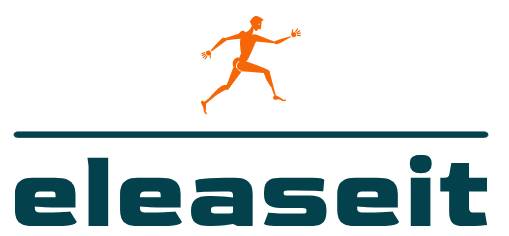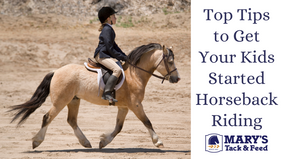
Mastering Equestrian Riding Techniques: A Comprehensive Guide
Equestrian riding is an art that blends skill, communication, and connection between rider and horse. Mastering Equestrian Riding Techniques is a journey that requires dedication, practice, and a deep understanding of the horse’s nature. In this comprehensive guide, we explore essential techniques that contribute to becoming a proficient and harmonious equestrian.
Foundations of Seat and Balance: The Core Pillars
The foundations of Equestrian Riding Techniques start with the rider’s seat and balance. A secure seat allows the rider to move in harmony with the horse, fostering a sense of stability and confidence. Balancing effectively ensures that weight distribution remains centered, enabling the horse to move freely and respond to subtle cues.
Leg Aids: Precision in Communication
Leg aids are crucial in Equestrian Riding Techniques, serving as a primary means of communication between rider and horse. Understanding how to use leg aids with precision directs the horse’s movement and signals transitions. The subtlety of leg cues allows for nuanced control, creating a seamless and responsive partnership.
Guiding with Rein Techniques: Clear Communication
Rein techniques are the language of communication in Equestrian Riding. Knowing how to use reins effectively guides the horse’s direction, speed, and responsiveness. Riders master the art of rein aids, distinguishing between direct and indirect rein cues to communicate their intentions clearly to the horse.
Understanding Bit Pressure: Gentle Guidance
A vital aspect of Equestrian Riding Techniques involves understanding bit pressure. The bit is a tool for communication, and riders learn to apply gentle and nuanced pressure to convey instructions to the horse. Sensitivity to the horse’s response ensures that communication remains clear and comfortable for the equine partner.
Body Positioning in Riding: Alignment Matters
Body positioning is a key component of Equestrian Riding Techniques. Riders focus on maintaining proper alignment, from head to toe, to achieve optimal balance and communication. A well-aligned rider allows the horse to move freely and efficiently, creating a symbiotic partnership.
Mastering Transitions: Fluidity in Movement
Mastering transitions is an art within Equestrian Riding Techniques. Smooth transitions between gaits and movements demonstrate the rider’s ability to anticipate and guide the horse’s actions. Achieving fluidity in transitions requires coordination, timing, and a deep connection between the rider’s aids and the horse’s response.
Developing Soft Hands: Gentle Connection
Soft hands are a hallmark of skilled Equestrian Riding. Riders aim to develop gentle, responsive hands that maintain a soft connection with the horse’s mouth. This sensitivity allows for clear communication through rein aids while promoting relaxation and trust in the horse.
Effective Use of Cues: Clear and Consistent Communication
Effective use of cues is a fundamental aspect of Equestrian Riding Techniques. Riders strive for clear and consistent communication through cues such as seat, leg, and rein aids. Consistency in cues helps the horse understand and respond predictably, fostering a harmonious and trusting partnership.
Building Confidence in the Horse: Rider as a Leader
Equestrian Riding Techniques extend beyond physical cues to include the rider’s role as a leader. Building confidence in the horse involves projecting calm assurance, providing clear direction, and acknowledging the horse’s efforts. A confident rider inspires trust, creating a positive and cooperative atmosphere for both horse and rider.
Continuous Learning and Refinement: The Journey Unfolds
Mastering Equestrian Riding Techniques is a continuous journey of learning and refinement. Riders remain open to new insights, seek guidance from experienced mentors, and consistently strive for improvement. The dynamic nature of the equestrian journey ensures that there is always room for growth and enhancement of riding skills.
To embark on your journey of mastering Equestrian Riding Techniques, explore additional resources and insights at Eleaseit.com. This comprehensive guide lays the foundation for becoming a proficient equestrian, emphasizing the importance of clear communication, balance, and a deep connection with your equine partner.




